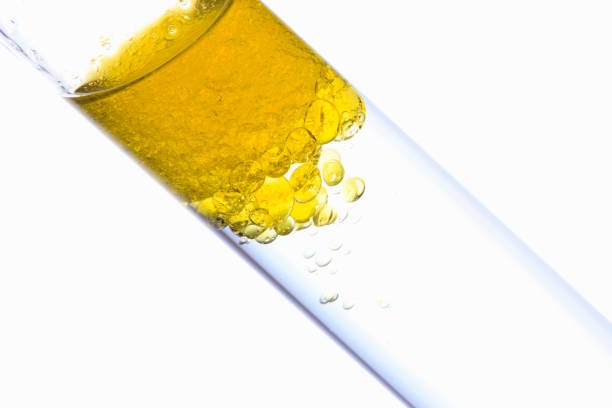The Distinctive Properties of Water and Oil: A Comprehensive Overview
Written on
Chapter 1: Understanding Water and Oil
Water and oil play crucial roles in our everyday lives, contributing to various applications from cooking to energy production. Despite their common usage, these two substances exhibit vastly different properties and behaviors.
This section highlights the intricate scientific nature of water and oil, emphasizing the importance of understanding their characteristics in fields such as chemistry and environmental science.
Section 1.1: Chemical Composition
At the core of their differences is their chemical makeup. Water consists of two hydrogen atoms bonded to one oxygen atom, represented by the formula H2O. In contrast, oil is a complex blend of hydrocarbons, which are chains of carbon and hydrogen atoms. This fundamental distinction makes water a polar molecule, while oil remains non-polar.
Water's polarity leads to significant consequences for its behavior. The attraction between water molecules creates surface tension, causing water droplets to form spherical shapes. This property allows water to dissolve polar substances like salts and sugars, but it fails to mix with non-polar substances such as oils and fats.
Conversely, oil’s non-polar nature prevents it from mixing with water, resulting in the formation of distinct layers when combined. This characteristic renders oil a valuable lubricant and insulator, providing a barrier between surfaces.
Section 1.2: Density Considerations
Another crucial difference is their density. Water is denser than oil, which causes it to sink beneath oil in a container. This property is particularly beneficial in the oil industry, where separating oil from water is often necessary during production.
Section 1.3: Boiling and Freezing Points
The boiling and freezing points of water and oil also differ significantly. Water boils at 100°C and freezes at 0°C, while oil's boiling and freezing points vary based on its specific composition. These differences make water an effective coolant in industrial settings, as it can absorb substantial heat without vaporizing.
Section 1.4: Environmental Implications
It's vital to acknowledge the contrasting environmental impacts of water and oil. Water is indispensable for life and is a renewable resource, whereas oil is a finite resource becoming increasingly limited. The processes of extracting and utilizing oil contribute to environmental pollution and climate change, making it a controversial topic globally.
“Water is essential for life, but oil is essential for our modern way of life.” — Unknown
Water and oil might appear similar at first glance, but their inherent differences are profound. A thorough understanding of the science behind these substances is crucial for various industries, including chemistry, petrochemicals, and environmental science, as we strive for a sustainable future.
If this article didn’t leave you puzzled, feel free to explore more of my writings!
Chapter 2: Engaging Multimedia Insights
In this video titled "Oil vs. Water," we explore the fundamental distinctions between these two substances, illustrating their unique properties through engaging visuals and explanations.
The second video, "Produced Water Explained - Getting it Right," provides insights into the complexities of produced water in the oil industry, shedding light on its environmental challenges and management.
